Hollow Cement Block General Description
A hollow cement block is a block made of concrete and has space between its walls. This is the general description of a hollow block.
Hollow cement block has different names in different countries, some countries call them hollow concrete blocks and concrete blocks while other countries call them hollow bricks, hollow concrete bricks, even concrete bricks. It has another name called the concrete masonry unit too but it is a bit technical.
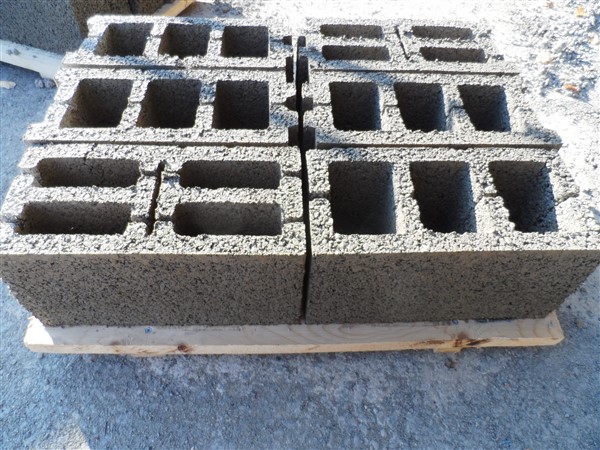
All of them are different names of this product, but the question is why it is used in every country and why is it so popular?
Hollow cement blocks were introduced to the construction industry when buildings were becoming multi-story and needed to reduce the total weight of the building and to add durability to the walls at the same time. Hollow blocks are mainly used for their durability, low cost, high speed of construction, and eco-friendliness among others.
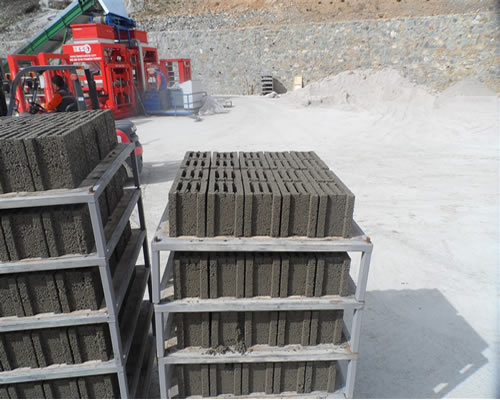
Advantages Of Hollow Cement Blocks
- Highly durable:
One of the major advantages of hollow concrete blocks is their high durability. It is because of their manufacturing process; they are produced with vibration and high pressure. This makes it very strong; it can withstand a high level of loading. Cement also makes it resistant to fire. These blocks are produced with hollow block making machines.
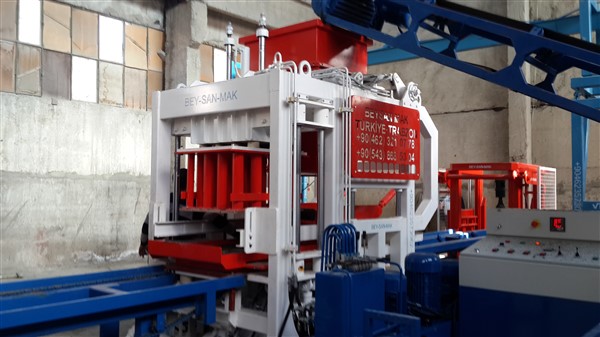
- Cost-effective:
One hollow cement block replaces five traditional bricks. This means you will need a smaller number of blocks and the construction speed will be much higher compared to the traditional way. It also requires less mortar because lines are fewer due to the height of the hollow block which is almost 3 times more than old traditional bricks.
- Speedy construction:
The Uniform shape and size of hollow cement blocks enable you to install them easier. It doesn’t require any special skills to work with them. Even unskilled laborers can work with hollow blocks.
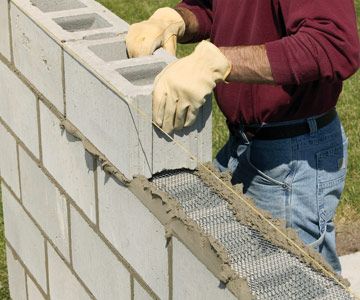 |
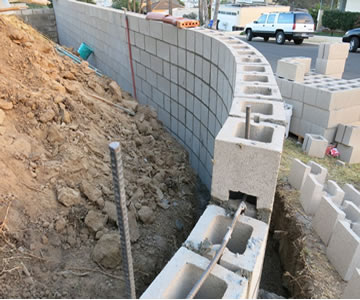 |
- Environment-friendly:
Hollow cement blocks are environmentally friendly because for manufacturing them you don’t need heat and it means you won’t pollute the air with harmful gases. You don’t need to burn any trees or natural gas as well and it means less power consumption.
Another reason is that because of their high insulating properties you will spend less energy to keep your interior space at the desired temperature.
- High resistance of hollow cement blocks against earthquake:
It is because of their lightweight compared to other materials used in buildings. It reduces the total weight of the building and makes the building resilient to natural hazards and earthquakes.
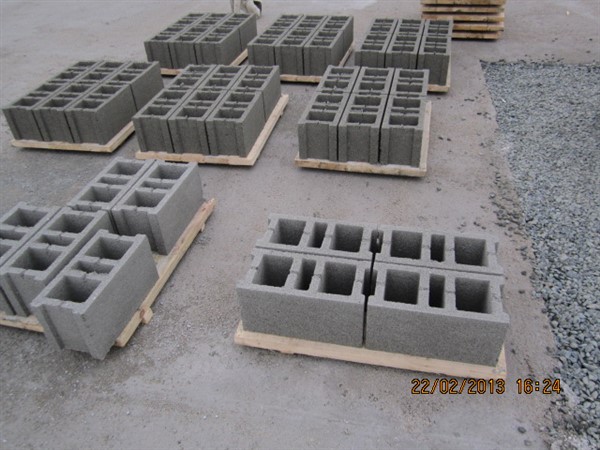
- Comfortable interiors:
Due to the thermal insulation of a hollow concrete block, it keeps your home cool in summer and hot in the winter season. Hollow cement blocks are also soundproof or at least it keeps the sound between their walls due to their hollow nature. This means you can have more privacy in your rooms.
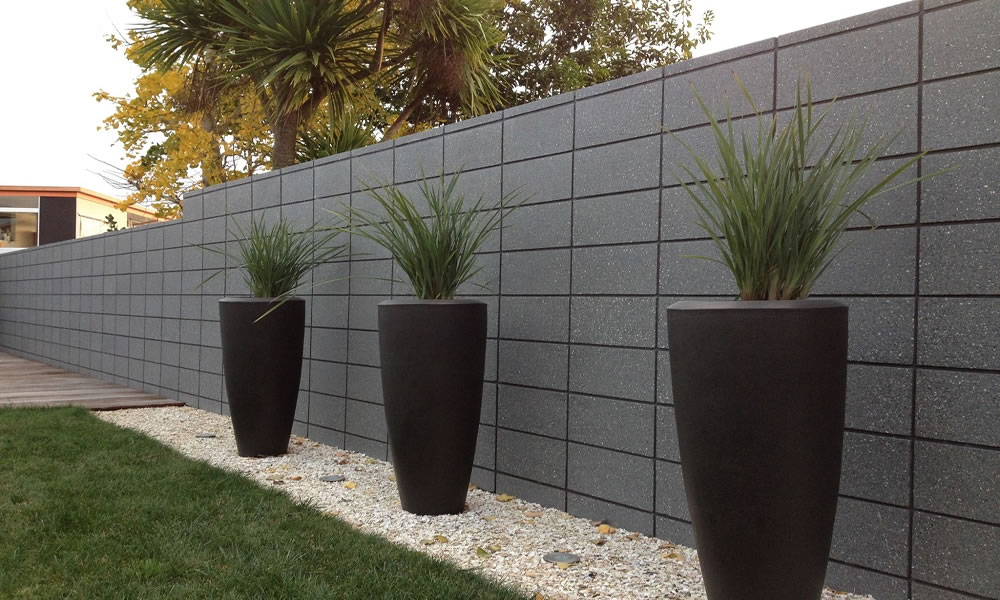 |
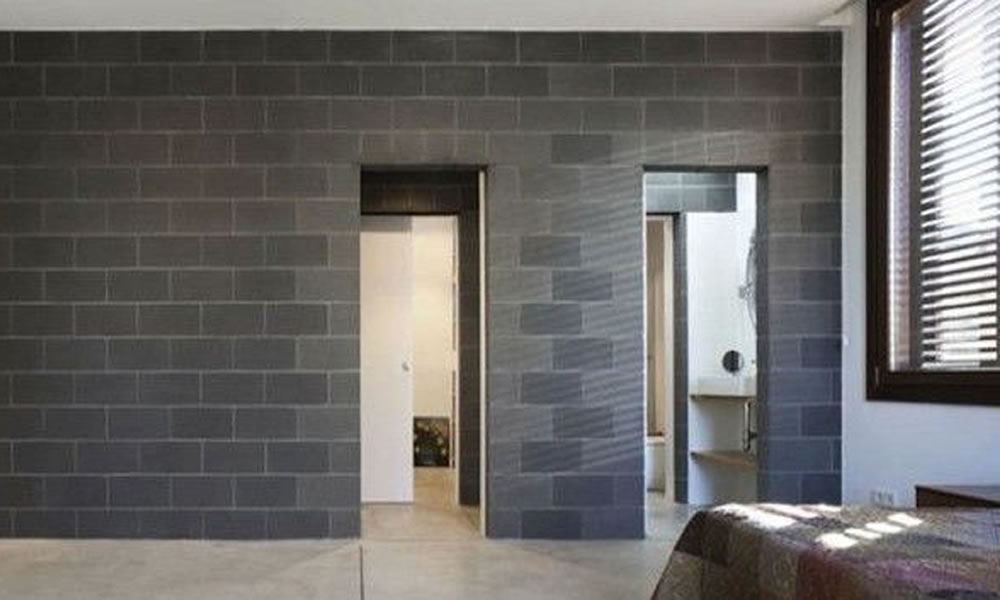 |
Raw Materials Used To Produce Hollow Cement Blocks
To make hollow blocks you usually need a mixture of powdered Portland cement, water, sand, and gravel, and also your concrete block machine. In general, the concrete used for blocks has a higher percentage of sand and a lower percentage of gravel and water. It produces a dry stiff mixture so it can hold its shape after it is removed from the mold.
If granulated coal or cinders are used instead of sand and gravel to produce hollow concrete blocks, the resulting block is commonly called a cinder block. This produces a dark grey block with a medium-to-coarse surface texture, good strength, good sound-deadening properties, and a higher thermal insulating value than a concrete block. But a little bit expensive compared to the normal hollow cement blocks.

Design Of A Hollow Cement Block
Standards are defined for hollow concrete blocks to uniform the construction of this product all over the world. The most common size of the block is referred to as a 20 by 40 by 20 block. It means the width of the block is 20cm the length of the block is 40cm and the height of it is 20cm.
There are lots of models and sizes of hollow blocks as you ou can see some samples of them below. We also have a concrete block mold gallery, you can visit it if you are interested.
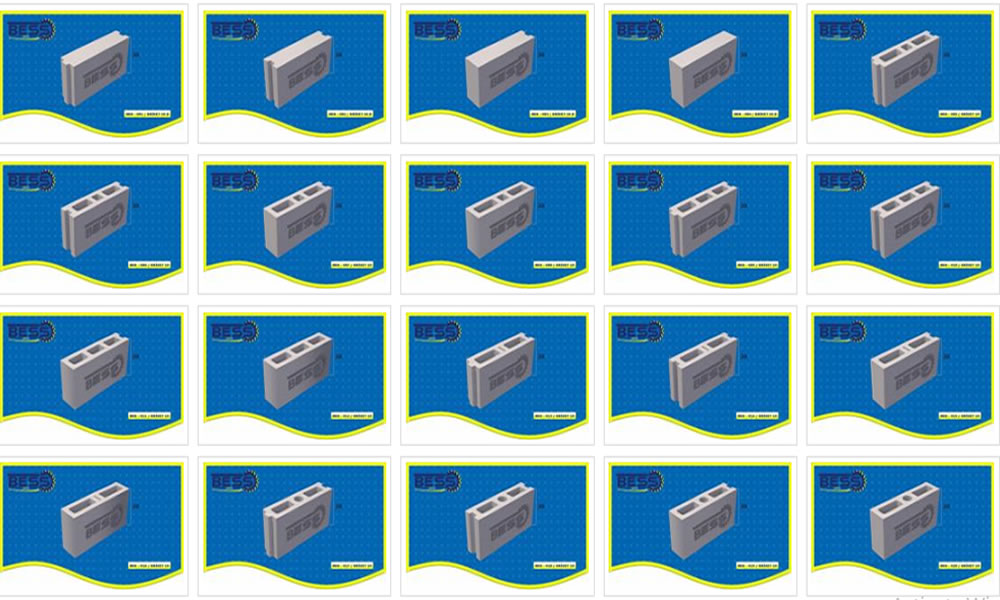
The standard sizes of the concrete blocks are shown below:
| Name | Size |
| 1.cement block no.10 | 10cm*40cm*20cm |
| 2.cement block no.15 | 15cm*40cm*20cm |
| 3.cement block no.20 | 20cm*40cm*20cm |
| 4.cement block no.30 | 30cm*40cm*20cm |
Hollow Cement Block Manufacturing Steps
Manufacturing hollow cement blocks have four major stage
- Mixing
- Molding
- Curing
- Quality control
1. Mixing
Normally, sand and gravel are stored in compartments, and cement is stored in huge silos usually holding up 50 tons of cement or more. To produce the mortar needed for hollow cement blocks these materials are first delivered to weighing batches of the interlocking brick machine. They are weighed and added to the mixer one by one. Weighing is done in order to have the right mixture.
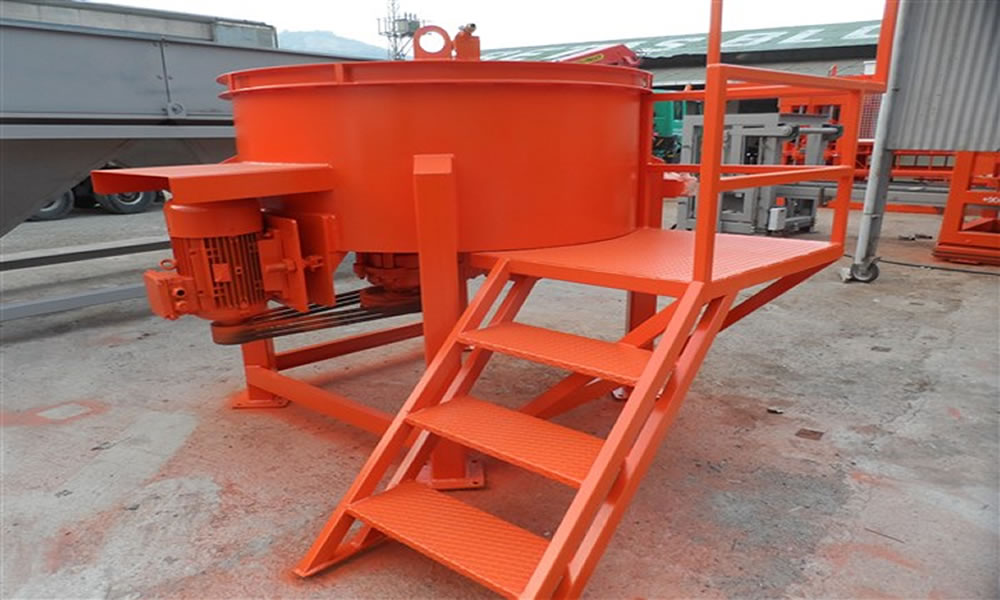
When the dry materials are delivered to the mixer it's time for the mixer to start mixing them together. Water is added gradually to the mixture. Mixing takes about 4 to 5 minutes and is then delivered to the paver block machine.
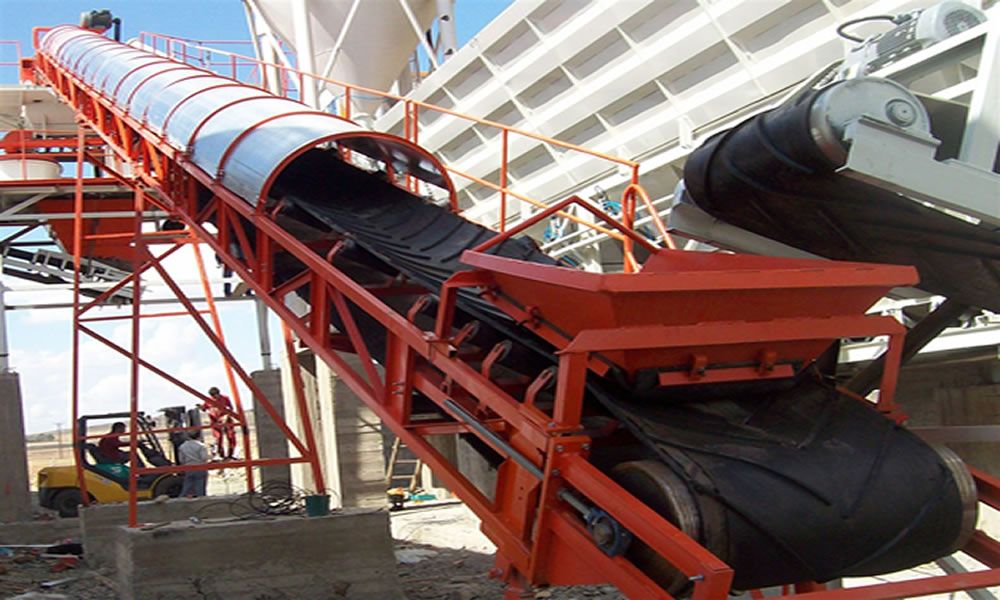
2. Molding Or Pressing
This means taking the mortar to the molds and pressing them. There are conveyor belts to do this duty and when the mortar is delivered to the hollow block machine, it is automatically guided into the molds. The hollow block machine uses vibration and hydraulic force to densify the mortar and shape the hollow cement block over the pallets.
This usually takes place on the surface of the pallet. Optionally there is a brush that cleans the surface of the blocks after it is pressed.
There are different machines in different sizes. The smallest one produces 4 standard blocks in one press and it is called PRS-400.
You can also visit Bess products to see the available machines that we have. Our machines are categorized by their capacity, automation levels, and hopper system.
3. Curing
When the hollow cement blocks are pressed on the pallets they need to be delivered to a place to be dried out. It is called the curing section. Usually, you just need to leave them in a roofed area away from the sun and water them around 4 or 5 times a day.
There is another way too. The hollow blocks get dried by high temperature and pressure, this machine is called an autoclave. It requires more energy and of course more cost. That’s why it is not too popular. But for special purpose concrete blocks these blocks can be produced with special characteristics.
4. Quality Control
You should always control the weighing system and pressing system in order to have the same quality of hollow blocks all the time. It is important to have the same quality of blocks or you will lose your customer in the future.
So, the pressure of the pressing system and the ratio of the raw materials in the mortar should be the same to keep the same quality in your product.
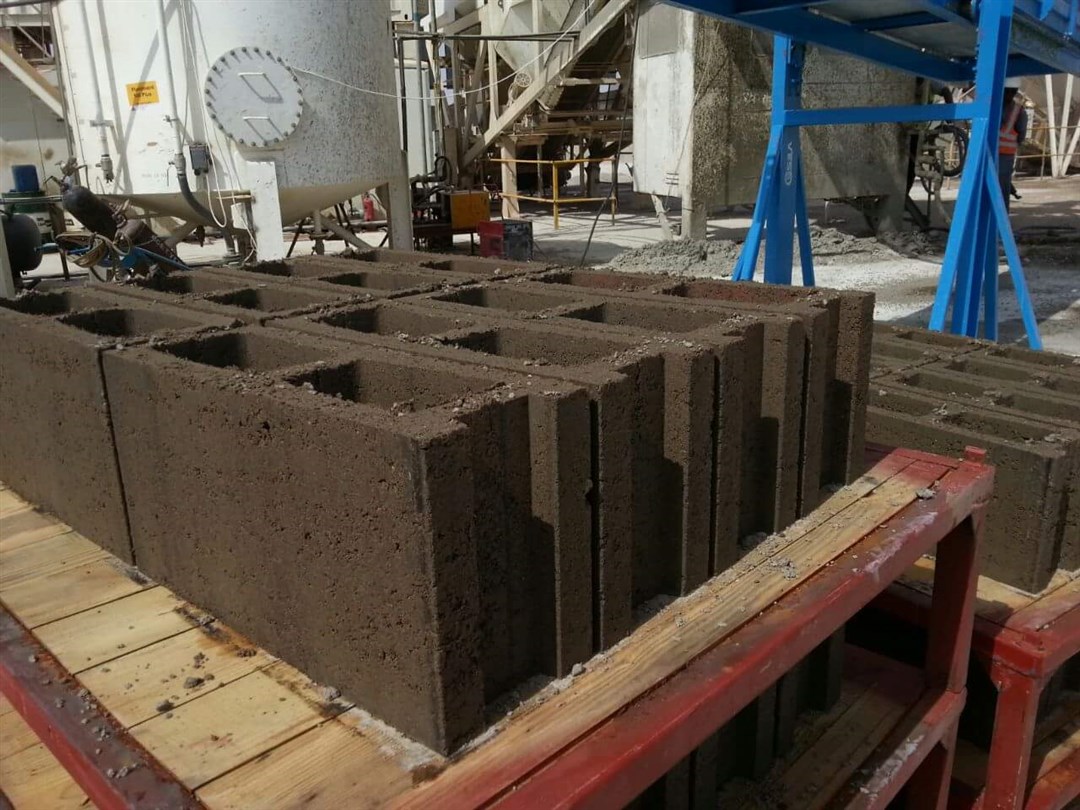
Low-quality hollow cement blocks are not used in developed countries due to their low insulation and durability.
In the future, these blocks will be cheaper and better due to the development of technology and as a result, the buildings will be more durable and energy sufficient as well as have a lighter weight. Scientists are looking for better materials, better systems, and better machinery to produce the new generation of hollow blocks.
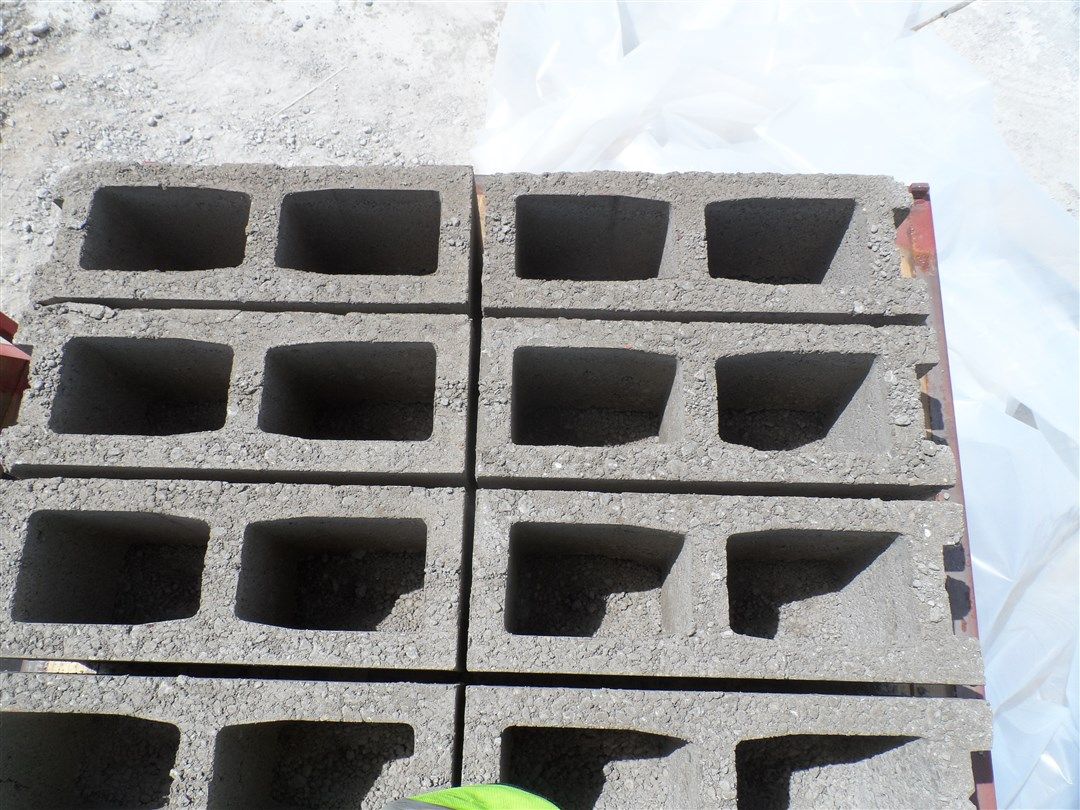
Conclusion
If you want to build a house and you don’t know what is the best choice for you, you can study more about hollow concrete blocks and other products as well, but with the characteristics explained above you will find hollow cement blocks as the best choice for your building.
If you are interested in producing hollow blocks you can read our article about hollow blocks business plan. You can also contact our English department to speak with our engineers and consult to see which machine is the best to start your hollow block production line.















